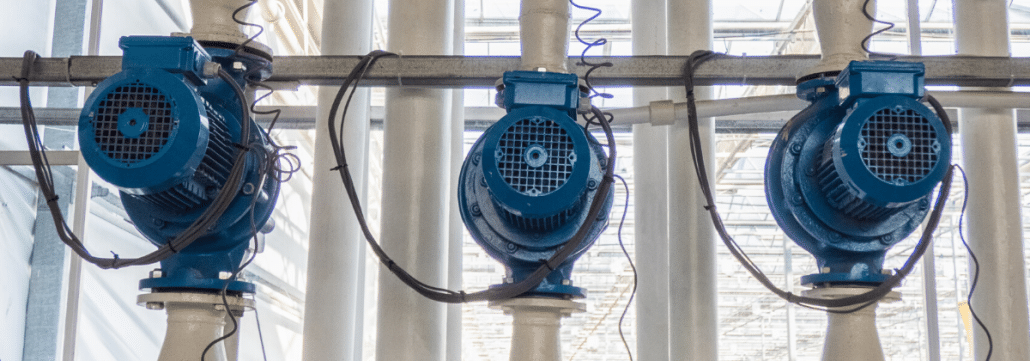The rise of 24/7 asset monitoring and the internet of things (IoT) have produced many benefits, but they’ve also introduced complexity. Much of this is due to the proliferation of monitoring data derived from the sensors you use to instrument your equipment. Potential advantages only become actual benefits if you can build a usable methodology that applies 24/7 data in smart ways that yield meaningful operational improvement.
To do this, you need a platform that not only gathers the data from the sensors, but applies basic logic to it in critical ways:
- Does the range of values make sense in context? For example, if the sensor measures outdoor temperature in a part of the country where this range is 30 to 100 degrees Fahrenheit nearly all of the time—do the majority of sensor readings support this range? Are the readings closer to the top of the range during summer months, and closer to the lower end of the range in the winter?
- Is the data sensible from a basic scientific perspective? For example, does the power usage of Pump A increase when the pump speed increases? If not—was the pump speed point accidentally swapped with Pump B when you programmed the automation controller? Likewise, do the readings across two tightly coupled components (such as a valve that water flows through, and a tank where the water is collected) match up in a way that makes physical sense?
- Is the data an anomaly, maybe produced by a one-time environmental event (such as an unusually hot day) or a human factor (such as a visiting contractor accidentally whacking a pipe with his stepladder)? Is the system currently being maintained or repaired in a way that would throw an anomalous reading? Are there any other “normal” explanations, such as the system undergoing a routine power-off/power-on cycle?
And so on. It’s the kind of logic that human operators would apply anyway when they arrive to diagnose a problematic situation. But with the right information about the site, computers can use machine learning to do it faster, more proactively, and at a much deeper level than human observation traditionally allows.
By overlaying detailed schematics about each system and its sensors with known facts about the physics of how each element should behave, you can build toolsets that go a long way to automatically discovering design faults, detecting potentially miscalibrated sensors, and proposing corrective action.
At Tignis, we help you streamline and modernize the ways you collect, analyze, correlate, and report sensor data in your environment. Rather than simply having data for data’s sake, we get you to a place where the data you’re collecting has direct impact on your operations, enabling the analysis you need to achieve real business outcomes.








